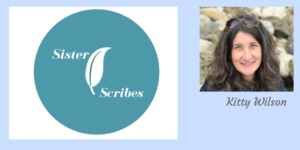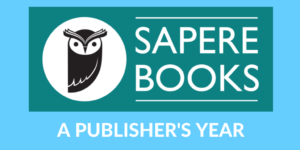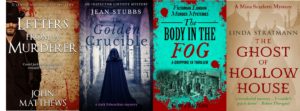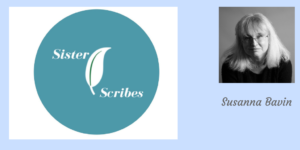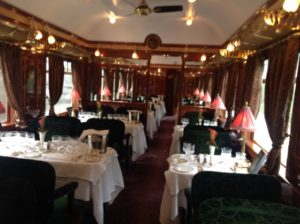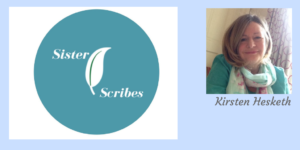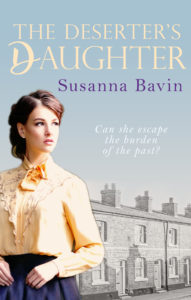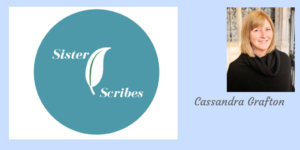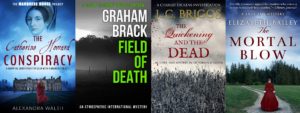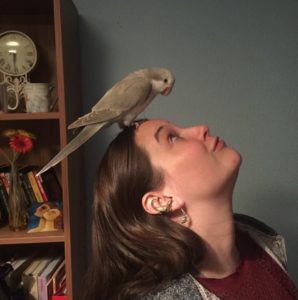I’m so pleased to be able to welcome two fabulous writers to Frost today. Alison and Jenny have come on to tell us all about their latest venture Imagine, a creative writing business that encourages new writers to have confidence in their work. With a huge (and I mean huge) breadth of experience and wisdom, they are two of the nicest women you could ever hope to meet.
Writing is a solitary occupation so it’s good to have a permanent cheerleader to help you through the bad days and celebrate the good days (and friends and relatives don’t count because they tell you what you want to hear). We’re really lucky because when we met at a Romantic Novelists’ Association meeting, we hit it off immediately and have since become business partners.
Imagine Creative Writing Workshops was born amid much laughter and copious quantities of mint tea and black coffee. For the past two years we’ve been teaching courses and workshops in Wiltshire, Somerset, Devon, Cornwall, Wales and London and have gathered together over one hundred regular students aged from six to one hundred and four!
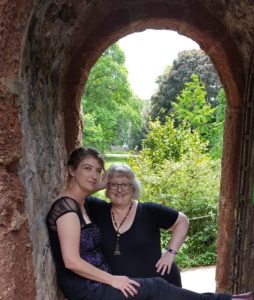 Our aim is not just to teach people to write but to give them the confidence to write. So many talented people don’t follow their dream of being a writer just because they lack confidence. For us, there’s a certain magical quality in seeing our students develop their skills and produce work they can be proud of. It’s a privilege to be able to watch new writers go from their first writing exercise to completing the first draft of their novel.
Our aim is not just to teach people to write but to give them the confidence to write. So many talented people don’t follow their dream of being a writer just because they lack confidence. For us, there’s a certain magical quality in seeing our students develop their skills and produce work they can be proud of. It’s a privilege to be able to watch new writers go from their first writing exercise to completing the first draft of their novel.
The highlight of our year is our residential writing retreat every October at the splendid Northmoor House, a Victorian manor with lots of original features on the edge of Exmoor. There, everyone has the time and space to write with our support and the camaraderie of other writers as well as excellent food and visiting guest speakers.
Between the two of us we write nine different genres, including historical crime, contemporary fiction, YA adventures, family drama and romance. To avoid confusion (or is it to confuse ourselves?) we use five different pen names! We like to think that our broad range helps us to help our students.
When it comes to our own writing it’s nice to be able to depend upon each other for honest opinions, beta reading, and a firm kick up the backside as and when is necessary. We haven’t come to blows yet and are looking forward to the continuing Imagine adventure.
Alison’s Bio
I’ve always enjoyed writing and in my forties decided I wanted to learn more about the craft. I studied at Bath Spa University and Oxford Brookes University, achieving a first class degree and an MA in Creative Writing. I’ve been teaching for four years now and have had three books published – two contemporary romances and a YA time-travel adventure. I’ve two further books completed – a second YA book and a family drama set in 1960s London – and I’m currently working on more contemporary romances. I also work as a freelance editor. I live in Somerset, within sight of Glastonbury Tor.
Jenny’s Bio
Lucky enough to be a Costa writer in residence, I spend my days in Devon within easy reach of coffee, writing contemporary fiction, romance, and children’s picture books. I also write medieval mystery novels and audio scripts for ITV as Jennifer Ash. Occasionally I masquerade as award winning erotica writer, Kay Jaybee. Over the past 14 years I’ve accumulated over 200 publications, including 21 novels. I’m published by Accent Press, LittwitzPress, Mammoth, Penguin, and Spiteful Puppet.
Imagine: www.imaginecreativewriting.co.uk

